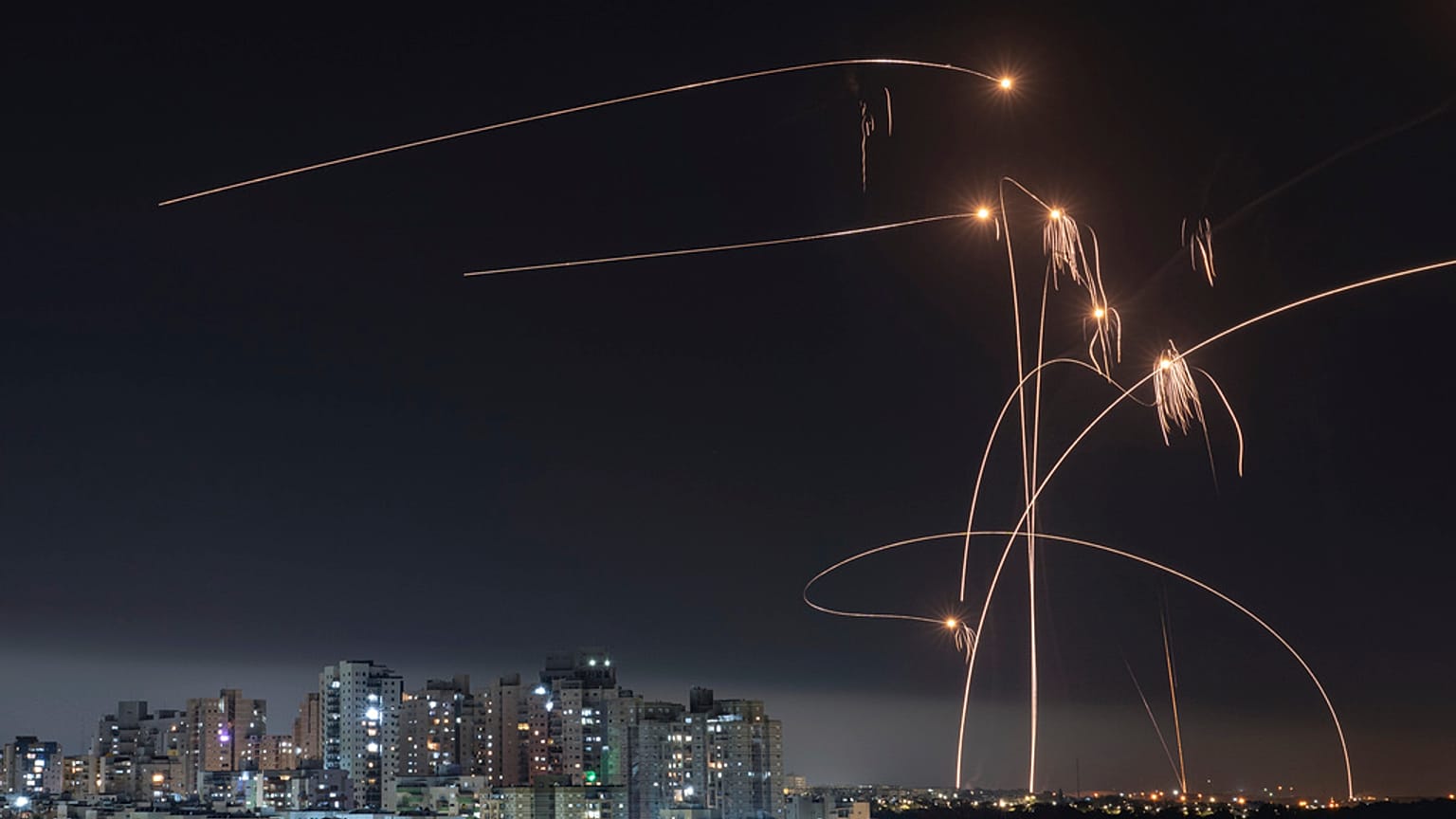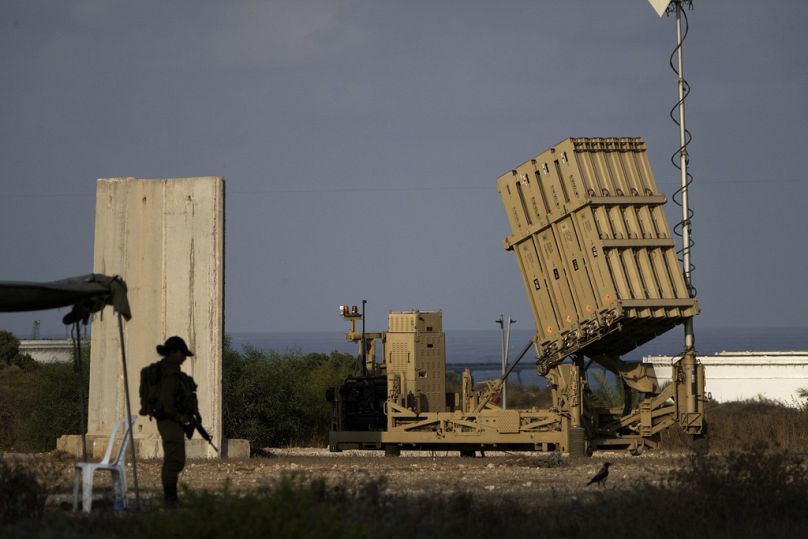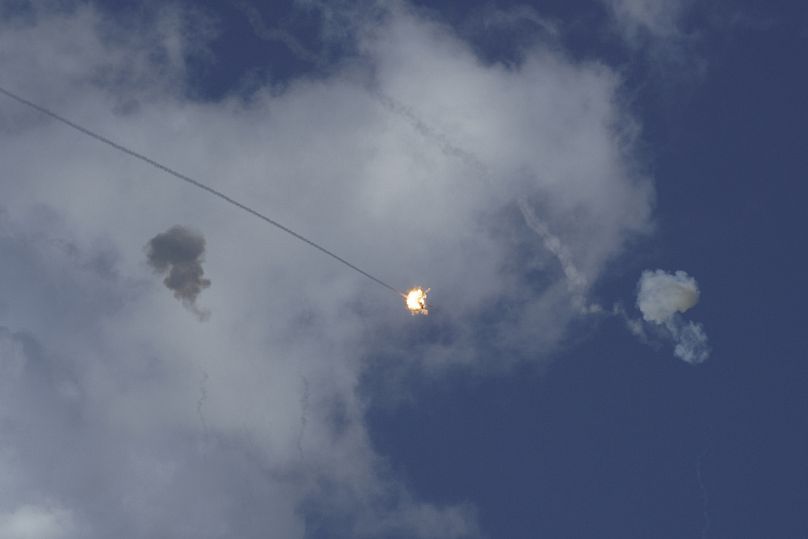Israel claims it intercepted all of the drones launched by Iran after Israel hit Tehran's military command and top nuclear scientists and facilities overnight on Friday.
Israel has one of the world's best air defence systems.
After Israel's major attack on Iran overnight on Friday, killing Tehran's top military commanders and nuclear scientists, Iran fired more than 100 drones and missiles at Israel, but Israeli officials reported all of the UAVs were successfully intercepted.
Israel's air defence system is multi-layered, but its centrepiece is the Iron Dome.
Using radar to detect and intercept short-range rockets, missiles and drones, the Iron Dome air defence system began operating in 2011.
Long pushed by Israeli defence officials, it was finally initiated in response to the 2006 war that ended with Hamas taking control of Gaza the following year.
The system is made of up a series of truck-towed mobile units scattered across the country in strategic locations. When a threat is detected, military personnel analyse it at a "battle management centre" manned 24 hours a day. They then decided which launcher to use to intercept.
Secondary missiles are fired to ensure a threat is properly neutralised.
Israel says it has a success rate of over 90%, destroying projectiles from a distance of 4 to 70 km away. Response times are in a matter of seconds.
Israel developed it with US backing. Washington contributed $1.6 billion (€1.5 billion) to create the system between 2011 and 2021, while the US Congress approved another $1 billion (€940 million) in 2022.
In the early 1990s, Israel suggested the idea of developing a short-range anti-missile system, though US defence officials at the time said it would be doomed to fail.
One weakness of the Iron Dome system is that it cannot protect more than 100 - 150 square kilometres, limiting its effectiveness for larger countries.
Even in Israel, a relatively small country, batteries have to be moved around according to the perceived risk of attack.
Israel has exported the technology to some countries around the world, including the US, Romania, India and Azerbaijan.
Washington uses it to protect its overseas military bases.
Israel's air defences are multi-layered
But the Iron Dome forms only part of Israel's air defences.
Israel uses the Arrow to intercept long-range missiles, including those Iran said it launched against the country on Saturday.
The Arrow, which operates outside the atmosphere, has been used in recent times to intercept long-range missiles launched by Houthi militants in Yemen.
It was again developed with US support.
Israel's air defences also involve David's Sling - designed to intercept medium-range missiles like those passed by Hezbollah in Lebanon - and Patriot missiles, the oldest component of the country's defences.
Patriots were first used during the First Gulf War in 1991 to intercept Scud missiles fired by Iraq’s leader at the time, Saddam Hussein.
The Center for Strategic and International Studies (CSIS) estimates that each Patriot battery costs about $1.1 billion (€1 billion): $400 million (€375 million) for the system, $690 million (€647 million) for the missiles – the cost of a single missile is estimated at $4.1 million (€3.8 million).
Patriots are now mainly used to shoot down aircraft, including drones. Ukraine's military uses it for a similar purpose against the Russian invasion.
Israel is also developing a new system known as Iron Beam, which utilises laser technology to intercept incoming threats.
It is not yet operational. However, it is expected to be deployed in October.
Israeli officials say this system will be a game changer because it is much cheaper to operate than existing systems.

















